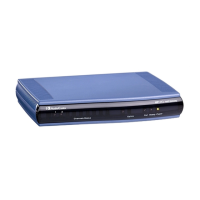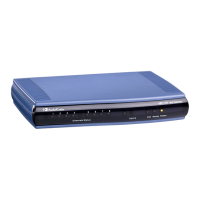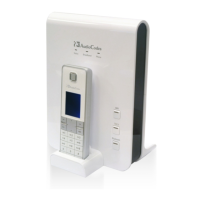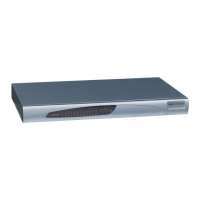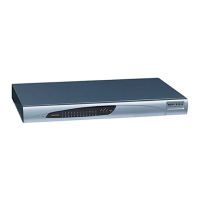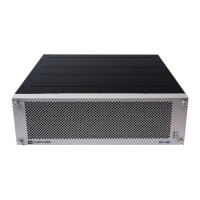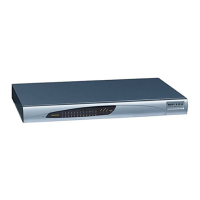CHAPTER34 Routing SBC
Mediant 1000 Gateway & E-SBC | User's Manual
Call Trigger Fax Rerouting
Action
Destination Type IP Group
Destination IP Group Fax (IP Group #2)
Configuring Specific UDP Ports using Tag-based Routing
You can configure the device to use a specific local UDP port for each SIP entity (e.g., PBX)
communicating with a common proxy server (e.g., ITSP). The figure below illustrates an example
scenario of such an implementation, whereby the device uses a specific local UDP port (e.g., 6001,
6002, and 6003) for each IP PBX, on the leg interfacing with the proxy server:
For each IP PBX, the device sends SIP messages to the proxy server using the specific local,
UDP port on the leg interfacing with the proxy server. For SIP messages received from the proxy
server, the device routes the messages to the appropriate IP PBX according to the local UDP port
on which the message was received. On the leg interfacing with the IP PBXs, the device uses the
same local UDP port (e.g., 5060) for all IP PBXs (send and receive).
To configure this feature, you need to configure the SIP Interface of the proxy server with a special
UDP port range, and use tag-based routing with Call Setup Rules to specify the exact UDP port
you want assigned to each SIP entity (IP PBX), from the SIP Interface port range. The following
procedure describes how to configure the device to use a specific local UDP port per SIP entity on
the leg interfacing with a proxy server that is common to all the SIP entities. To facilitate
understanding, the procedure is based on the previous example.
➢ To configure specific UDP ports for SIP entities communicating with common proxy
server:
1. Open the SIP Interfaces table (see Configuring SIP Interfaces), and then configure the
following SIP Interfaces:
● SIP Interface for leg interfacing with IP PBXs (local UDP port 5060 is used):
General
Index 1
Name PBX
Network Interface WAN
UDP Port 5060
- 788 -
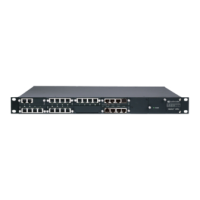
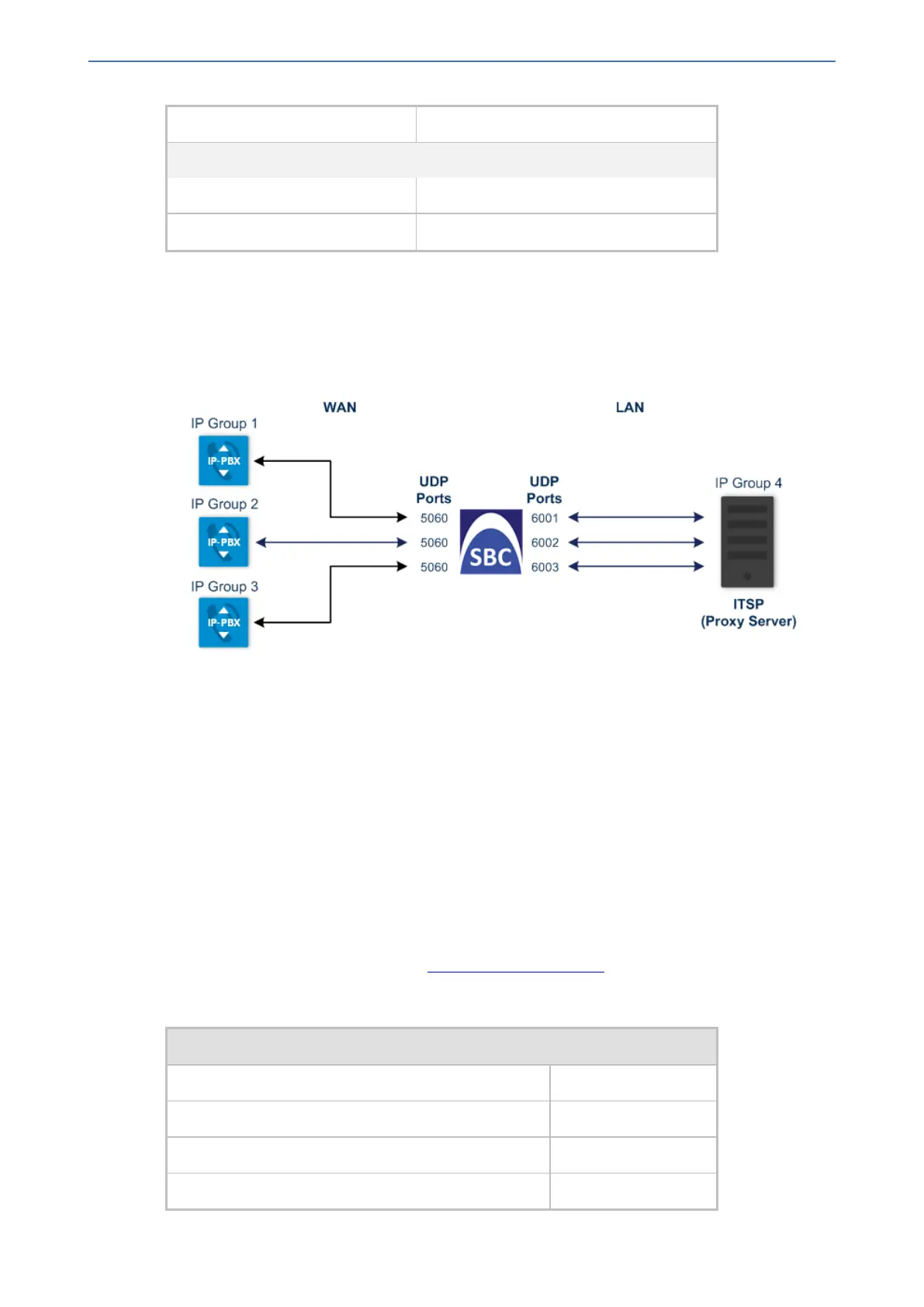